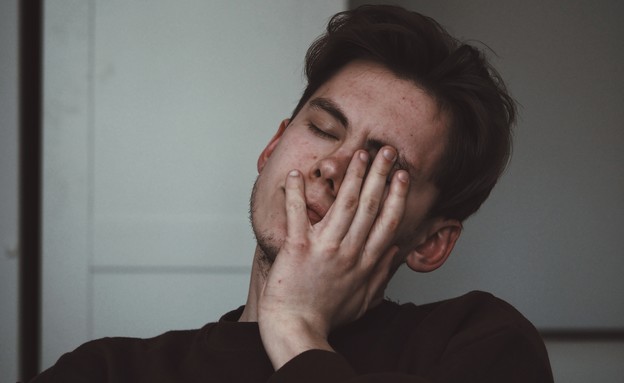A disease that usually appears after a cold
There are 4 pairs of sinuses: the frontal sinuses (on the forehead, above the eyebrows), the maxillary sinuses (on the sides of the nose, behind the cheekbones), the ethmoid sinuses (between the eyes) and the sphenoid sinuses (behind the eyes).
In most cases, the maxillary sinuses are the ones that will be affected by sinusitis. Acute sinusitis is a common disease that affects about 5% of the population every year. It usually appears a few days after a cold or flu and in most cases goes away on its own without any treatment. On the other hand, persistent (chronic) sinusitis may develop following acute sinusitis and it can last for weeks or even months. During the inflammation, the sinuses become blocked and become swollen and painful. People of any age are susceptible to the disease. The common symptoms are: high fever, pain and sensitivity over the affected area, fatigue, pressure in the ears, change in voice and blocked or stuffy nose.
There are several factors and conditions that can make the sinuses more susceptible to infections: Smoking and exposure to smoke, allergies, asthma, gingivitis, weakened immune system, inflammatory diseases, facial injury and blockage of sinus drainage due to a polyp or foreign object.
Complications
The main complication of acute sinusitis is the development of chronic sinusitis. The symptoms of chronic sinusitis are similar to those of the acute condition but in this case the attacks last longer and recur many times. In the case of chronic sinusitis, the family doctor refers the patient to an ENT doctor who will perform several tests to discover the cause of the disease. Depending on the results of the test, a decision will be made on drug treatment or surgery to improve the drainage of the sinuses. In rare cases (incidence of 1 in 1,000 cases) the infection spreads to the bones, blood and brain.
How is sinusitis diagnosed?
The diagnosis is made by a family doctor based on the medical history and physical examination. These measures are usually sufficient to differentiate sinusitis from an upper respiratory tract infection or a cold.
How is sinusitis treated?
In most cases, the disease goes away on its own without the need for treatment, since most cases of sinusitis are caused by a viral infection and the immune system overcomes the infection within about a week. In case the symptoms are severe or worsening, the family doctor may decide to give antibiotic treatment.
What else can help?
Nasal washes: Rinsing the nose and sinuses with a saline solution several times a day can reduce pain and congestion and shorten the duration of symptoms. You can use a variety of sprays and nasal drops that work quickly and have an effect within minutes. The doctor should be consulted on the matter.
Inhaling hot steam two to four times a day – The use of a hot steam diffuser when a towel wraps the head is the most recommended. It is recommended to inhale the vapors for about 10 minutes. Adding drops of peppermint oil to water may increase the effectiveness.
Over-the-counter pain relievers: Painkillers can be used without a doctor’s prescription. Medicines from the ibuprofen or acetaminophen family can help relieve the headache, reduce fever and reduce the sensitivity and pain in the area of the affected sinuses.
Antibiotic treatment: In cases where there is a bacterial infection of the sinuses, antibiotic treatment is given in order to eliminate the bacteria. This treatment makes it possible to prevent complications, relieve symptoms and reduce the risk of developing chronic sinusitis.
Surgery to treat chronic sinusitis: In cases of chronic sinusitis that does not improve despite conventional treatments, including treatment with antibiotics and steroids, and when there is difficulty in daily functioning – surgical intervention is considered. in the machine procedure (FESS) the surgeon inserts an endoscope into the patient’s nose, which allows viewing through an optical fiber the inside of it and the sinuses and thus removing the tissue that clogs them.
Complementary medicine treatment: Sinusitis can be cured through complementary medicine by acupuncture, reflexology, naturopathy and homeopathy.
How can you reduce the chance of getting sinusitis?
Several steps can be taken to reduce the risk of sinusitis: Maintaining a strong immune system by ensuring a balanced diet that includes plenty of fresh vegetables and fruits, regular physical activity, drinking plenty of water, avoiding smoking, reducing mental stress and receiving an annual flu vaccine.
Dr. Or Bakshi is a specialist in family medicine at Maccabi Health Services, South District
